You have already read plenty about how energy costs are rising. You know plenty well that heating your New Hope home is a substantial expense, and that the cost of running a boiler is constantly on the rise.
But as technology has gotten better, so have boilers become more efficient at providing heat. It stands to reason that a more efficient boiler is one that costs less to run…but what does “efficient” really mean in the context of boilers? What makes a boiler “high efficiency”?
What Is a High Efficiency Boiler?
All boilers are rated according to a standardized system of rating efficiency, called the Annual Fuel Utilization Efficiency (AFUE). Essentially, this rating tells you how much heat energy is produced by your New Hope boiler compared to how much energy it draws. The higher a boiler’s AFUE rating, the more efficient it is.
For a boiler to be called high efficiency, it must carry an AFUE of at least 90%. For basis of comparison, older systems carry an AFUE of about 70%, while mid-efficiency systems run at about 82%.
In addition, a high efficiency system has a second heat exchanger for capturing and condensing flue gases, as well as a closed combustion system.
These three things — an AFUE of 90% or above, condensing flue gases and closed combustion – define a high efficiency boiler.
The initial investment in a high efficiency boiler can be costly, but the savings over time in your New Hope heating bills make it well worth the expense.
If you would like a high efficiency boiler installed in your home, give Carney Plumbing, Heating & Cooling a call today!

